Whether you want to improve the clarity of a back-yard pond or remove excess nutrients from a wastewater lagoon, a diffused aeration system may be exactly what you need. Make sure you know what these systems do, the benefits they provide, and the characteristics of a good system.
It can be tough to nail down exactly what diffused aeration systems are, what they’re used for, what they accomplish, and how to pick the right one for your water quality needs. Simply put: they keep water healthy – from small ponds to large lakes, storm water retention ponds to wastewater treatment plants, and everything in between.

What is Diffused Aeration and How Does it Work?
Diffused aeration improves water quality from the bottom up. A typical system uses a shore-mounted compressor, weighted air lines, and submerged diffuser assemblies. These diffusers rest at one or several locations on the bottom of the pond, lake, or tank. Compressors pump air through the air lines into the submerged diffusers where it then releases upward in the form of many small bubbles. As these bubbles rise, they carry water up to the surface creating a beneficial mixing action. This induces oxygen transfer and vents harmful and foul-smelling gasses sitting on the bottom.
What’s a Diffuser?
A diffuser is a critical component of a diffused aeration system. This is because it’s the piece that delivers the bubbles and mixing action into the water. Diffusers vary in shape and material, but they all consist of a base, rubber substrate that releases air, and connection points for weighted air lines to the air compressor. Diffusers are submerged and rest on the bottom of the water and are responsible for the continuous water movement that induces oxygen and increases water quality overall.
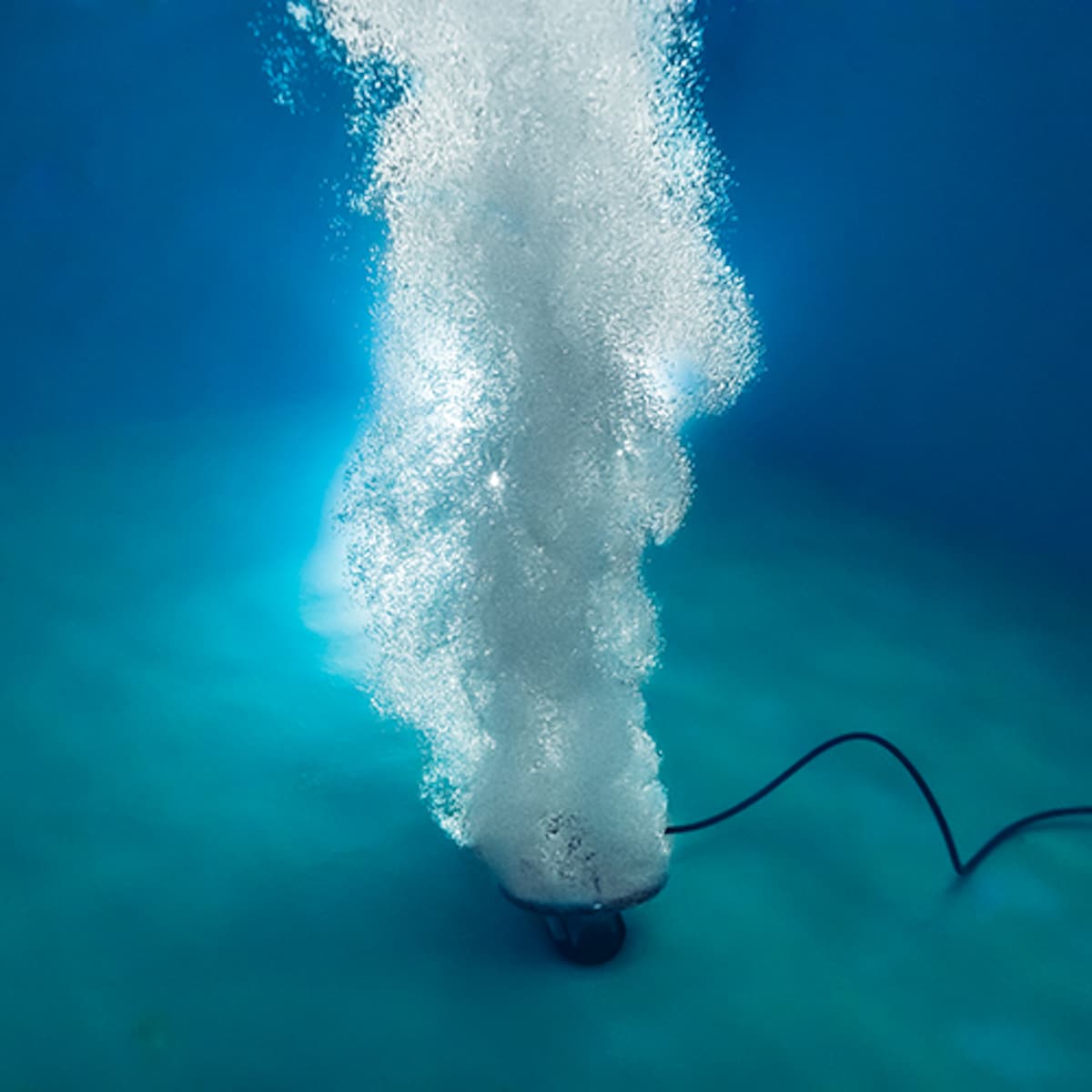
Where Would You Install a Diffused Aeration System?
Any water body experiencing thermal or chemical stratification, or layering, is a good candidate for diffused aeration. Since aeration moves and mixes water, it breaks up those layers that are colder or contain differing amounts of nutrients. As a result, temperatures stabilize and nutrient levels become consistent from top to bottom. This helps prevent weed and algae overgrowth as well as improves the aquatic environment for fish and other organisms.
Kasco recommends diffused aeration in water 8 ft. and deeper. This is because it gives the bubbles time to move the most water toward the surface and induce oxygen-transfer. These systems do not require any electricity in the water – only air lines and diffuser assemblies – making them great for swimming areas. Diffused aeration systems are also quiet in the water, with no visible splashing like you’ll see with a fountain or surface aerator.
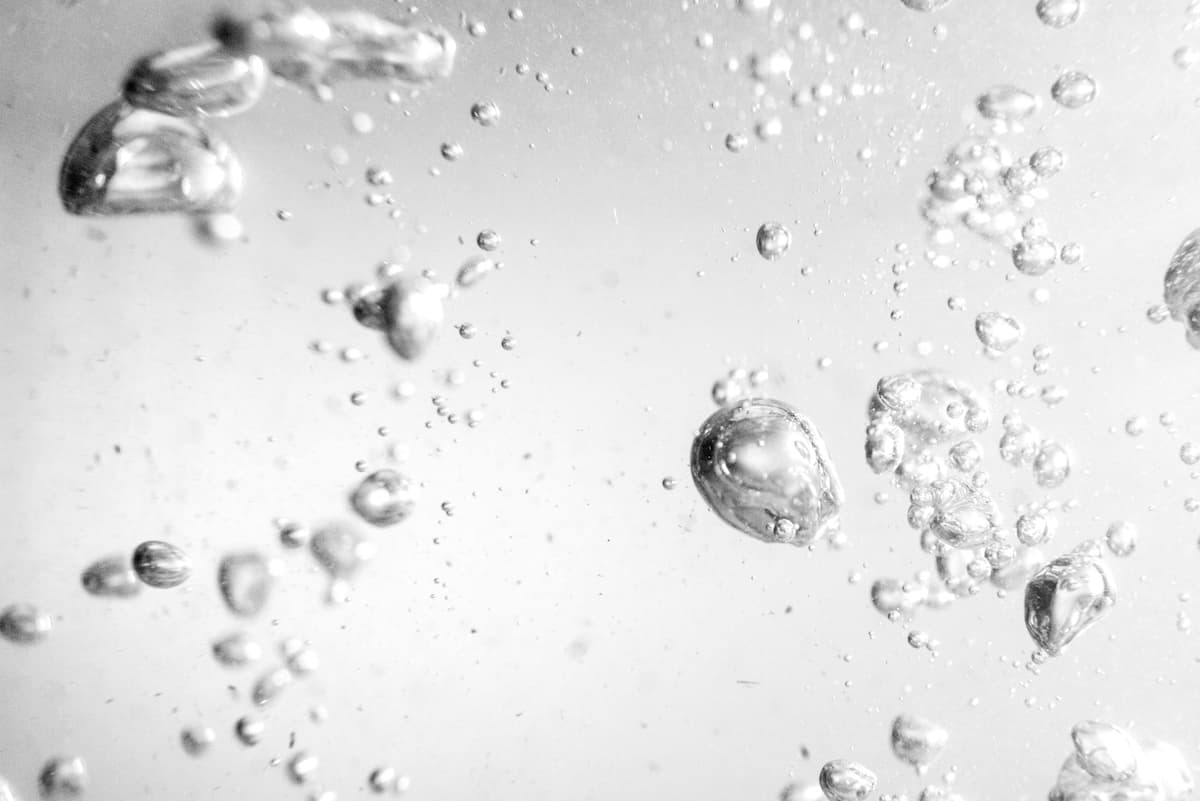
What Benefits Do Diffused Aeration Systems Provide?
Diffused aeration systems provide unlimited benefits. The mixing action created by these systems induce oxygen, improve water clarity, and eliminate growth of unwanted weeds and algae.
BENEFITS TO FISH & AQUATIC LIFE
- Increased oxygen-transfer prevents conditions that give rise to a fish kill
- A mixed water column prevents a turnover from stratification
- Allows for a larger fish habitat within the water body
- Allows increased fish densities as well as feeding rates for better growth and less stress
- Reduces mosquito population by breaking surface tension needed for reproduction
- Creates an environment unfavorable for algae growth
BENEFITS TO WATER QUALITY
- Breaks up temperature and chemical stratification
- Improves environment for aquatic life and processes (i.e., phytoplankton and photosynthesis)
- Ties-up nutrients that cause unwanted plant growth
- Decreases muck on the bottom
- Vents dangerous and foul-smelling gasses
- Provides oxygen in winter months keeping water and fish healthy all year round
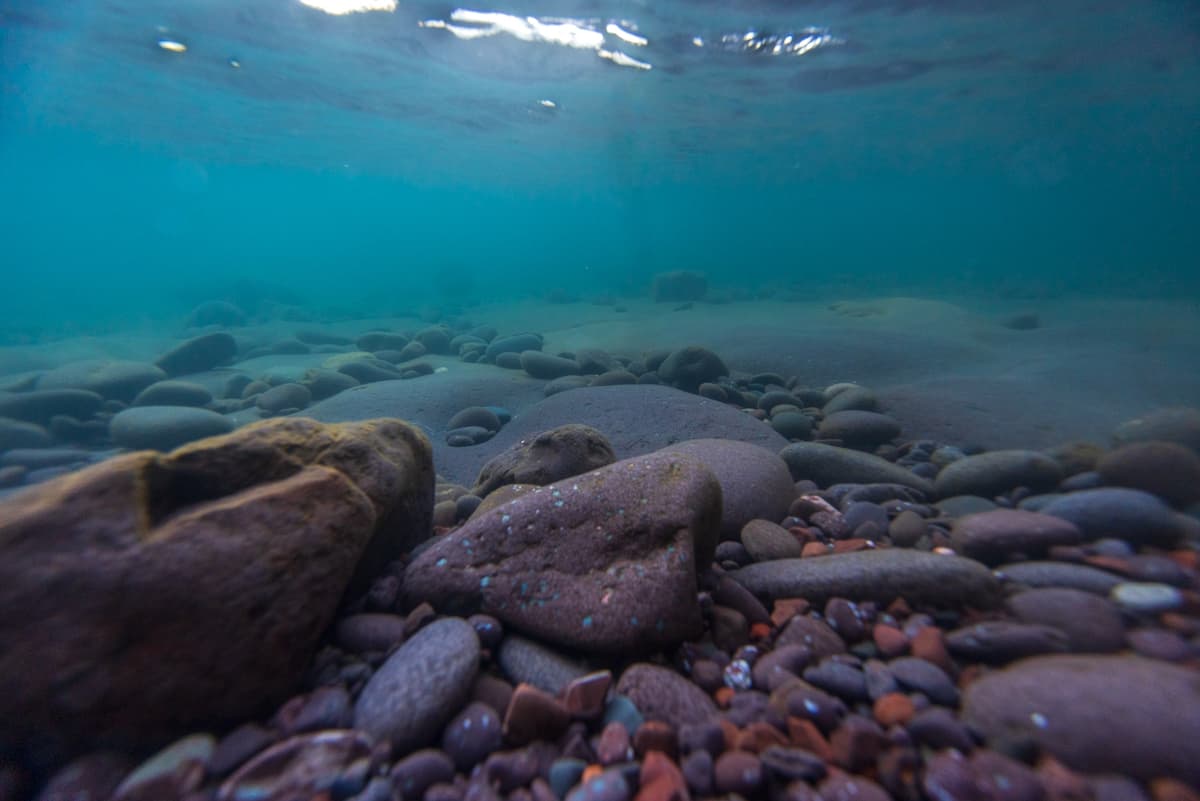
Characteristics of a Good Diffused Aeration System
Before selecting a diffused aeration system for your water, it’s important to know what sets the better systems apart. Here are a few aspects to consider:
DIFFUSER ASSEMBLIES
- A diffuser system is best if it produces a medium to fine bubble (3-6 mm in size)
- The diffuser should be self-weighted to remain in place on the bottom and land in an upright position
- Diffuser should lift as much water as possible to allow for de-gassing and air-to-water oxygen transfer at the surface
- The diffuser should not clog
COMPRESSOR CABINETS
- Compressors must be housed in a protective cabinet
- Cabinet must be properly ventilated to prevent compressors from overheating
- Cabinet and compressors should have quiet operation
- Look for a cabinet color that blends with environmental surroundings
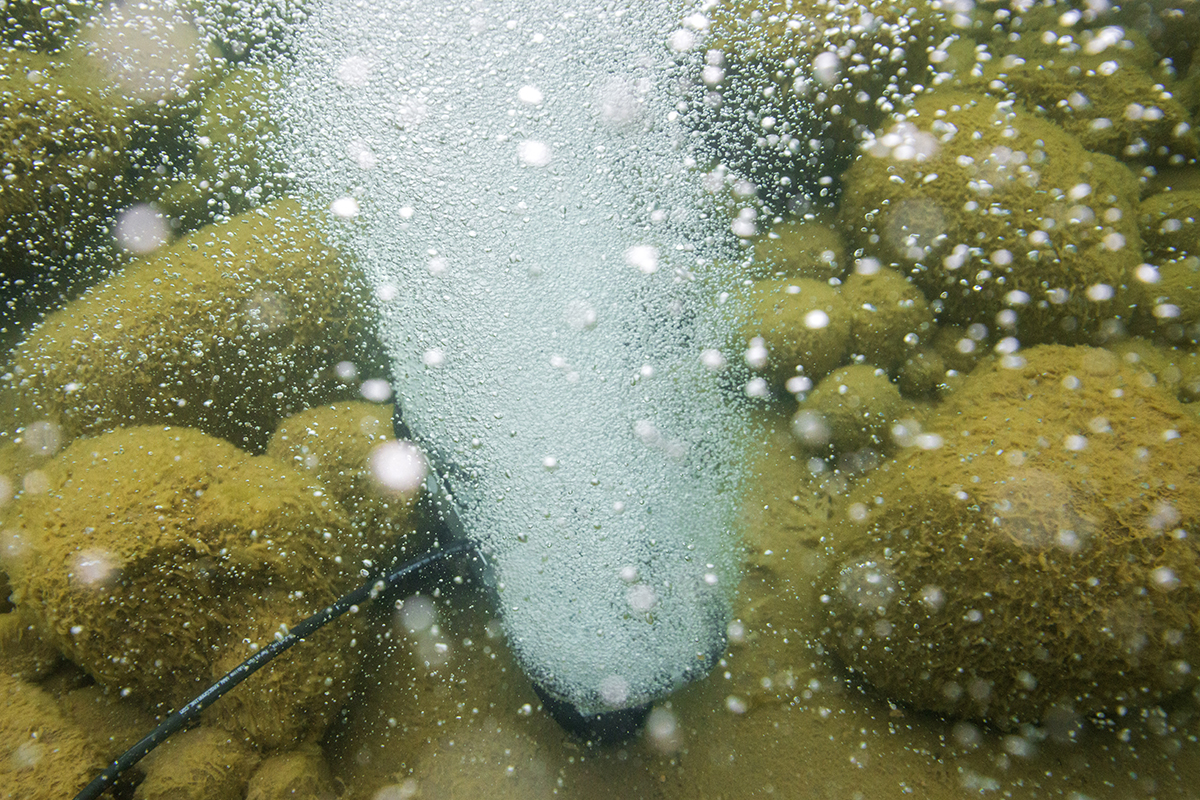
Healthy Water From the Bottom Up
If you’re searching for better looking and better smelling water, a healthier home for your fish, or a way to keep industrial or commercial water bodies thoroughly mixed, then a diffused aeration system is a great choice.
Overall, while offering a multitude of benefits for water and the life inside, diffused aeration will ensure a healthy aquatic environment from the bottom up.
If you have any questions, please email us or call 715-262-4488.
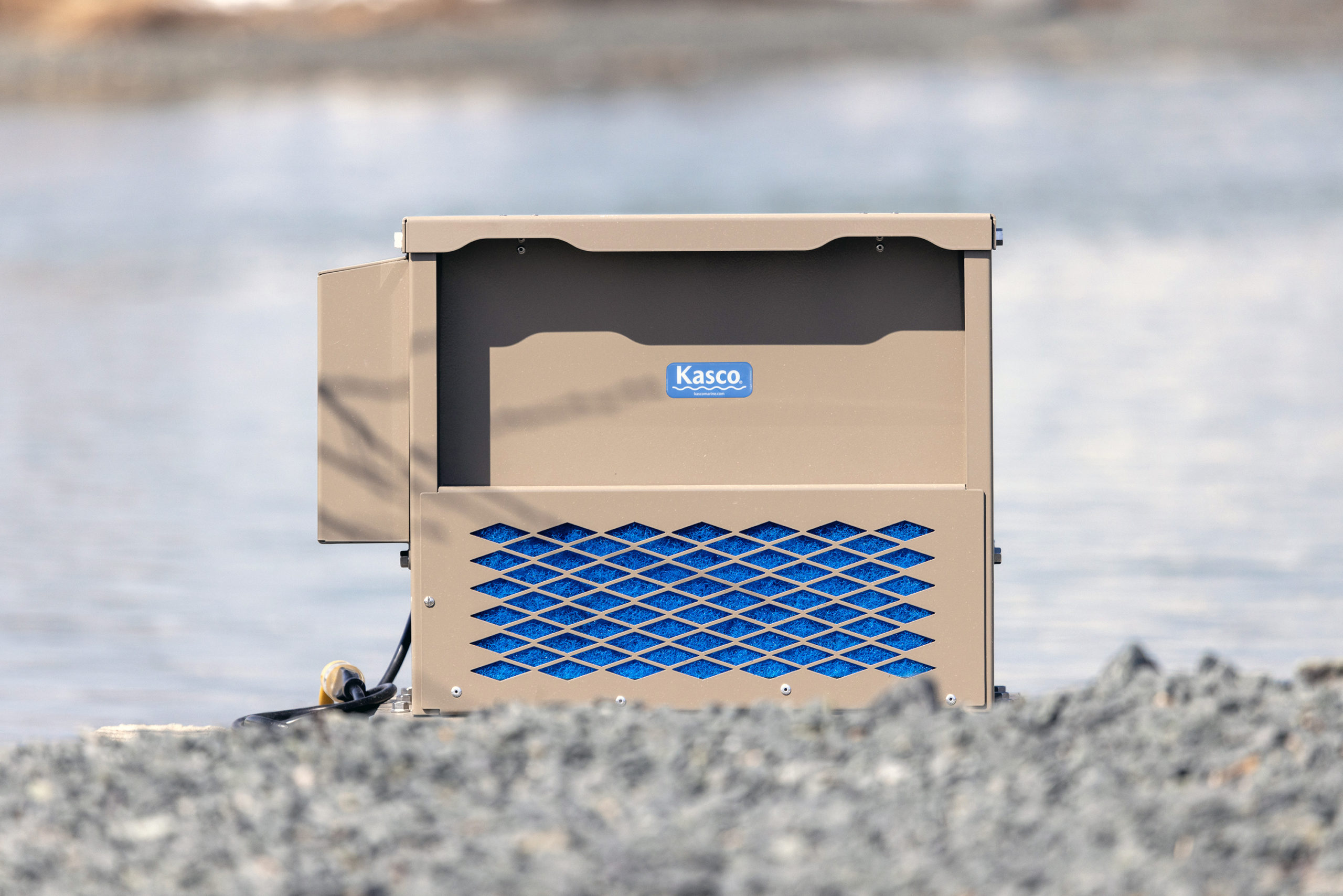 Innovative Airflow Technology Now Available in Mid-Sized Compressor Cabinet
Innovative Airflow Technology Now Available in Mid-Sized Compressor Cabinet
 Oberfläche v.s. Bodenbelüftung
Oberfläche v.s. Bodenbelüftung
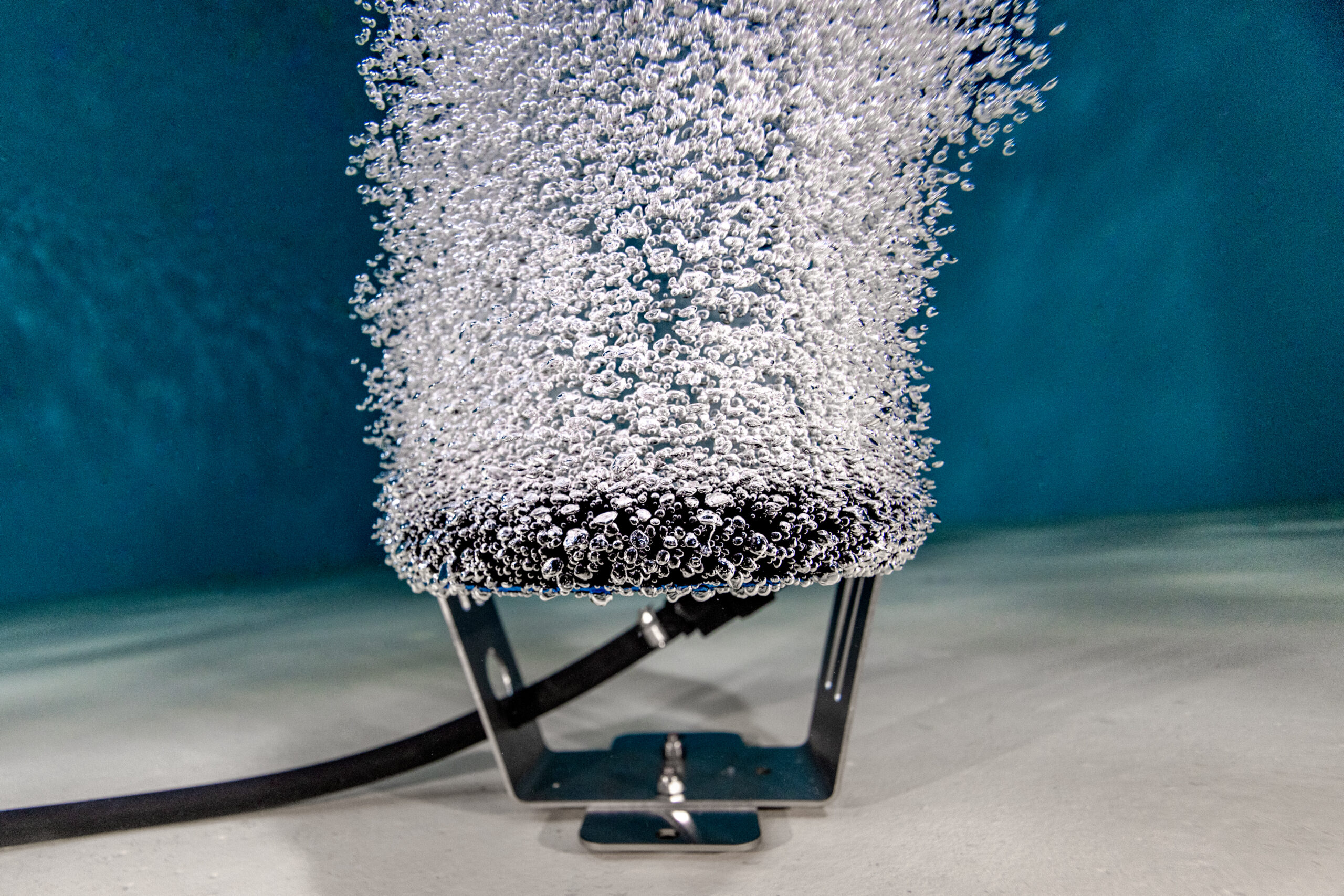 Interview with the Engineer - NEW Home Series Diffused Aeration Systems
Interview with the Engineer - NEW Home Series Diffused Aeration Systems